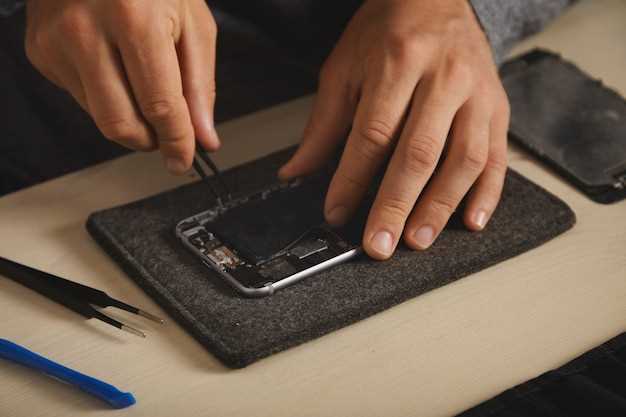
In the realm of digital devices, unforeseen glitches and freezes can disrupt their seamless operations. When such occurrences arise, a systematic approach is necessary to restore normal functionality. Among the effective techniques, performing a hard reboot often proves invaluable in addressing system-wide malfunctions.
A hard reboot, also known as a forced restart, involves manually interrupting the device’s power cycle. This action effectively simulates removing and reinserting the battery, thus cutting off the power supply to the device and restarting it. By doing so, it clears the device’s memory, terminates all running processes, and resets its hardware components, potentially resolving various technical issues and restoring optimal performance.
Samsung Galaxy Hard Reboot
Table of Contents
A hard reboot, also known as a forced restart or power reset, is a procedure used to restart a Samsung Galaxy device that is experiencing freezing or unresponsiveness. It is a more forceful method of restarting than a regular restart and can be necessary when the device is not responding to normal commands or inputs.
Performing a hard reboot will not erase any data from the device, but it may close all open applications and unsaved changes may be lost. It is important to note that hard reboots should only be used as a last resort when all other attempts to restart the device have failed.
Steps to Perform a Hard Reboot on a Samsung Galaxy Device:
| Step 1: | Press and hold the Power button and the Volume Down button simultaneously for at least 10 seconds. |
| Step 2: | Release the buttons when the Samsung logo appears on the screen. |
| Step 3: | The device will restart automatically. |
Once the device has restarted, it should be functioning normally. If the problem persists, it may be necessary to contact Samsung support or a qualified repair technician for further assistance.
Understanding Hard Reboot
A hard reboot, also known as a forced reset, is a process of abruptly restarting an electronic device by bypassing the normal software shutdown procedure. As opposed to a soft reboot, which involves restarting the device through the user interface, a hard reboot is typically initiated by pressing a physical key or button combination on the device’s hardware.
This method is often employed to revive a device that has become unresponsive or frozen due to software malfunctions or hardware issues. By cutting off the power supply to the device momentarily, a hard reboot clears the temporary memory, resets the system, and reloads the operating system without affecting user data or settings.
When To Hard Reboot
A hard reboot, or forced restart, is a drastic measure that should only be used when your device is unresponsive to other methods. It is a powerful tool that can quickly resolve many common issues, but it can also lead to data loss if not used correctly. Here are some situations where a hard reboot may be necessary:
Performing Hard Reboot
In the event that your device experiences a software malfunction or becomes unresponsive, performing a hard reboot can be an effective solution to restore its functionality. While the exact steps may vary depending on the device model, the general approach involves initiating a forced restart by simultaneously pressing and holding specific button combinations.
## Troubleshooting Hard Reboot Issues
If your device is still unresponsive or malfunctioning after a hard reboot, there may be underlying issues that require additional troubleshooting. This section explores potential causes and offers solutions to help resolve persistent hard reboot problems.
Benefits of Hard Rebooting

Hard rebooting, or force restarting, can be a highly beneficial troubleshooting technique for a variety of electronic devices, including smartphones and computers. Here are some key advantages of performing a hard reboot:
Unlocks Frozen Systems:
When a device becomes unresponsive or frozen, a hard reboot can swiftly break the deadlock and allow the system to restart and regain functionality.
Cleanses Temporary Bugs:
Temporary software glitches and errors can accumulate over time, leading to performance issues. Hard rebooting efficiently clears these temporary cache and memory glitches, restoring stability and speed.
Resets Network Connections:
Hard rebooting can resolve network connectivity problems by resetting the device’s network settings. This can refresh the connection and allow for reliable access to Wi-Fi and cellular data.
Improves Battery Life:
Occasionally, devices can experience battery drain issues due to rogue processes running in the background. Hard rebooting can terminate these processes and revitalize battery performance.
Enhances Performance:
By clearing cache and memory, hard rebooting can free up valuable resources and improve overall device performance. Applications load faster, and the system runs smoother.
 New mods for android everyday
New mods for android everyday



